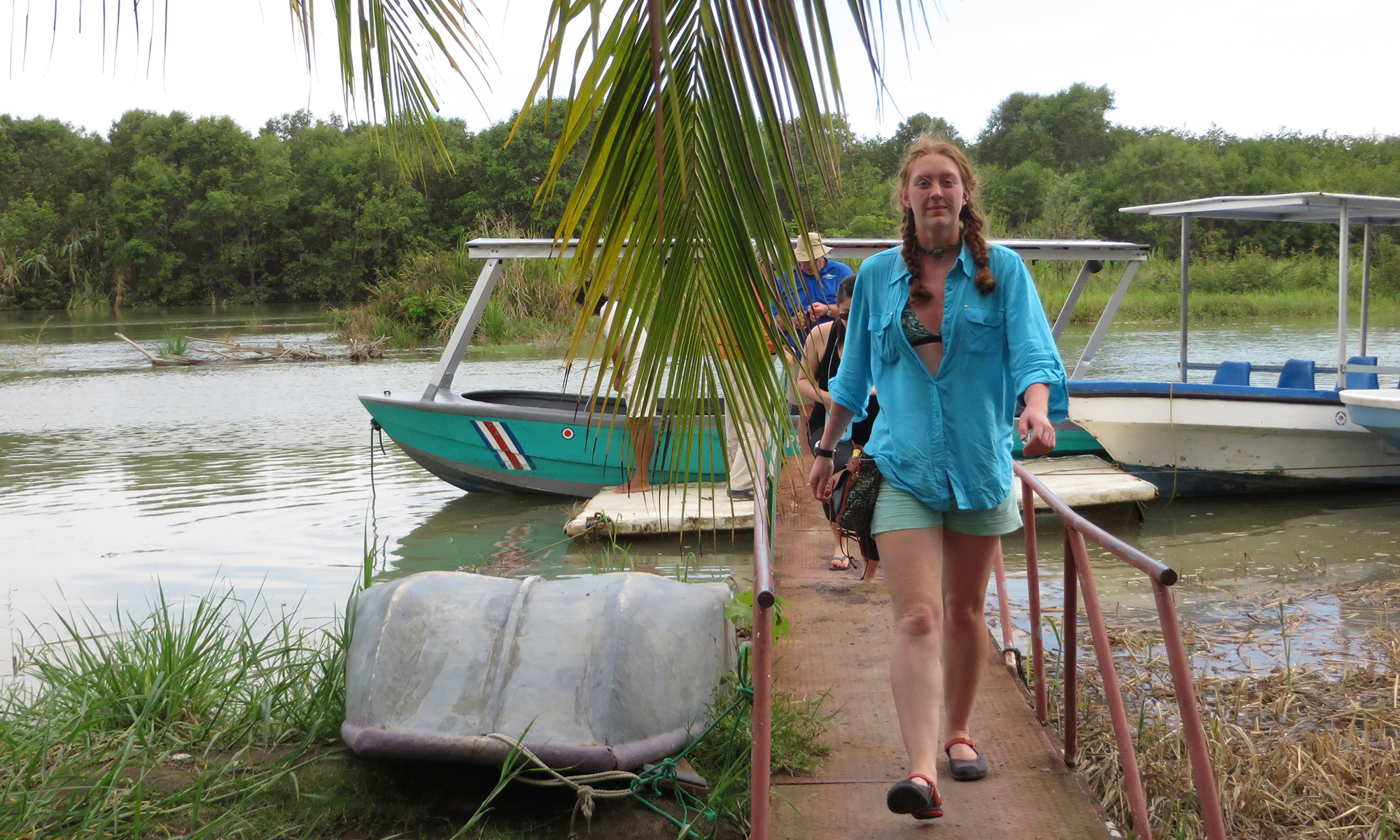
This past weekend (August 19-21, 2017) Sarah, Mokey, and I drove 650 miles to view the solar eclipse from Monmouth, Oregon—one of the locations that experienced totality. Solar eclipses occur when the moon (which orbits around the Earth) happens to pass directly in between the Earth and the sun. If you are on the right side of the Earth when this happens (i.e. it is daytime for you) then you will be able to see an eclipse.

A partial eclipse is visible from many places, but totality (when the moon completely blocks the sun) is only visible from a narrow path—along the moon’s shadow as the Earth rotates on it axis with the moon orbiting it.
We arrived on Sunday afternoon and set up camp on a farm that had been turned into a viewing site by an industrious farmer. Other eclipse chasers set up tents alongside ours in addition to elaborate telescopes and camera equipment. The night was polished off by a terrific firework display in a neighboring town.

The next morning was wet with dew and abuzz with anticipation. We, along with all the other campers and probably all of Monmouth, were relieved to see that the slight haze of the previous day was gone. Our dog, Mokey, chased bugs in the grass while we packed up our tent and frequently checked the time and the sun (with the aid of our solar glasses). At last the show began and we settled down to watch the moon creep in front of the sun.
It took about an hour for the moon to reach totality. When the moon first started to cross in front of the sun you wouldn’t have known it if you didn’t have solar glasses. But as the moon covered more and more of the sun, the light around us significantly decreased. When the sun became a thin smile, it looked like pre-dusk and Venus, Jupiter, and Regulus became visible in the darkening sky. Sarah had to unpack her sleeping bag as the temperature had dropped a few degrees and Mokey, unsure of what was going on, anxiously quivered in Sarah’s arms. The entire field of people cheered as the last beam of light was blocked by the moon and we were able to take off our solar glasses and look directly at the moon ringed in light.

(Note: you can never take off your glasses during a partial solar eclipse.) While the sun was completely blocked, the sun’s corona (the ring of light that was surrounding the moon) was still visible and prevented the sky from getting as dark as night.
We sat in the half-light and awed at the corona for about 2 minutes before the moon uncovered an edge of the sun and a diamond like ray of light appeared

on the ring. We threw our glasses back on so we could see the sun slowly grow in size as the moon continued on its path across the sky.
All in all, it was an amazing experience and well worth the four days of travel. I will definitely try to go to a totality location for the next U.S. total eclipse in 2024. We won’t show you any of our fuzzy amateur photos of the eclipse, but we will show you some photos of us with our solar glasses on.
Peace and puppies,
Jesse

